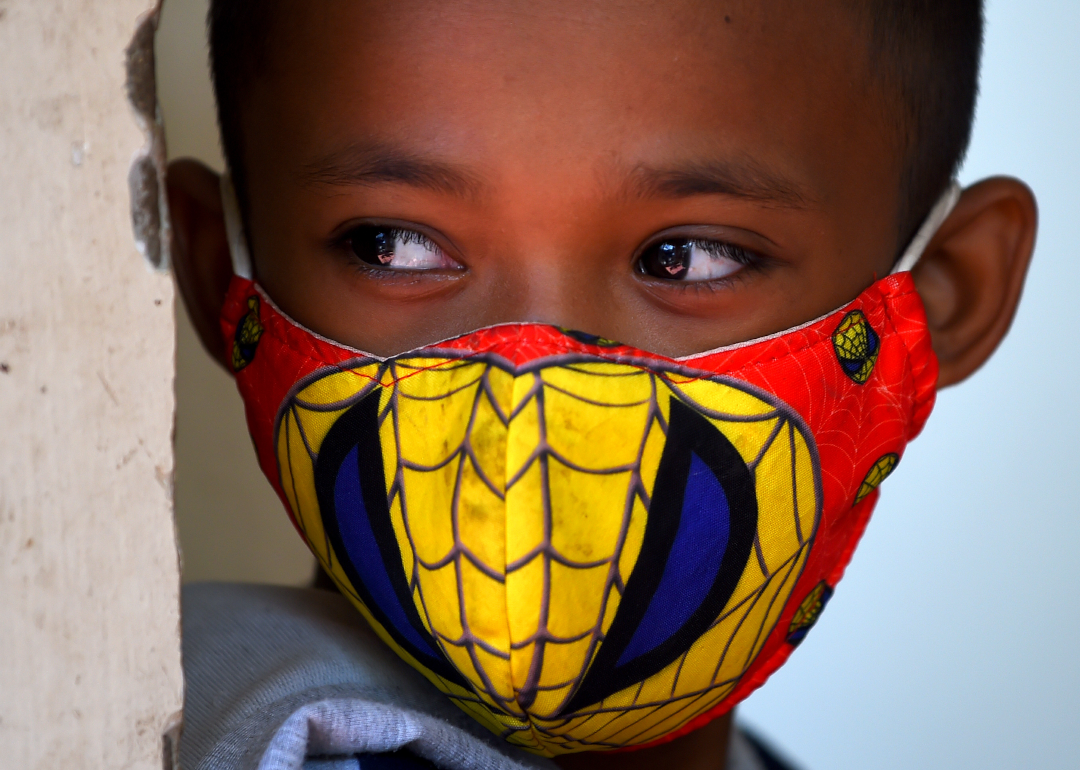
20 ways COVID-19 is impacting children around the world
If there's one group of people that seems to face a lower-than-average risk of catching the coronavirus, it's kids. A recent study in the Journal of the American Medical Association found that people age 19 and under made up only about 2% of 44,672 confirmed cases of COVID-19 in China. The findings have been echoed in research from the Centers for Disease Control and Prevention, which has found that children tend to experience different, less severe symptoms of COVID-19 than adults, and are much less likely to be hospitalized or killed by the disease. It's a small ray of sunshine in an otherwise dark situation.
Just because children don't seem to be as susceptible to the coronavirus as adults doesn't mean they're unaffected by the pandemic, though. The global response to the COVID-19 pandemic has touched everyone's lives in one way or another.
Children, in particular, are facing an array of unprecedented challenges. Some schools have shut down indefinitely and technology gaps have left students from vulnerable communities without essential tools needed to complete online lessons at home. Supply chain issues have created vaccine shortages in poor countries, leaving children at risk of dying from preventable diseases. Some children may also be at risk of homelessness and other dangers, as orphanages become short-staffed and foster families stop accepting new kids. Children also need to contend with social distancing and isolation, the long-term effect of which has yet to be studied.
The coronavirus may not infect children in the same way as it does adults, but it's no doubt having an effect on their wellbeing. To understand the many ways the coronavirus is affecting children around the world, Stacker took a look at scientific research, news articles, government reports, and information from nonprofit organizations.
Read on to learn more about the impact of the novel coronavirus on children.
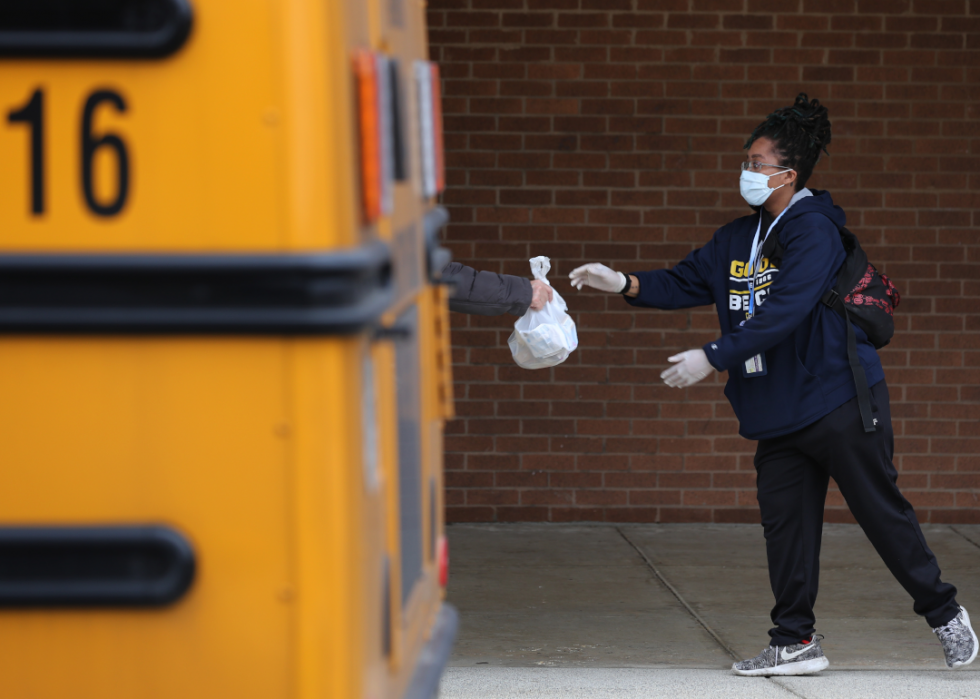
Millions of children miss out on school meals
The COVID-19 outbreak has forced schools to close in 195 countries, according to the World Food Programme. As a result, at least 368 million children around the world are missing out on meals at school.
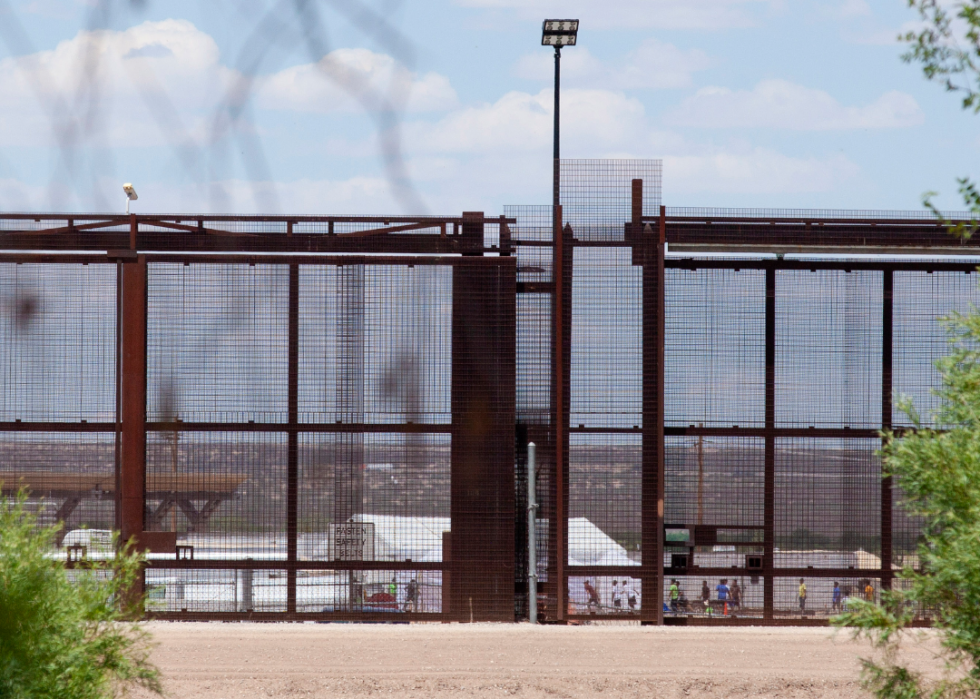
Asylum hearings for immigrant children go digital
Despite attorneys’ requests to delay hearings during the pandemic, unaccompanied immigrant children threatened by deportation are going through the process of requesting asylum in the U.S. over video as part of a pilot program in Houston. Immigration attorneys have said that the pilot program lacks due process, according to Texas Monthly reporting. The virtual asylum proceedings have also been riddled with technical difficulties.
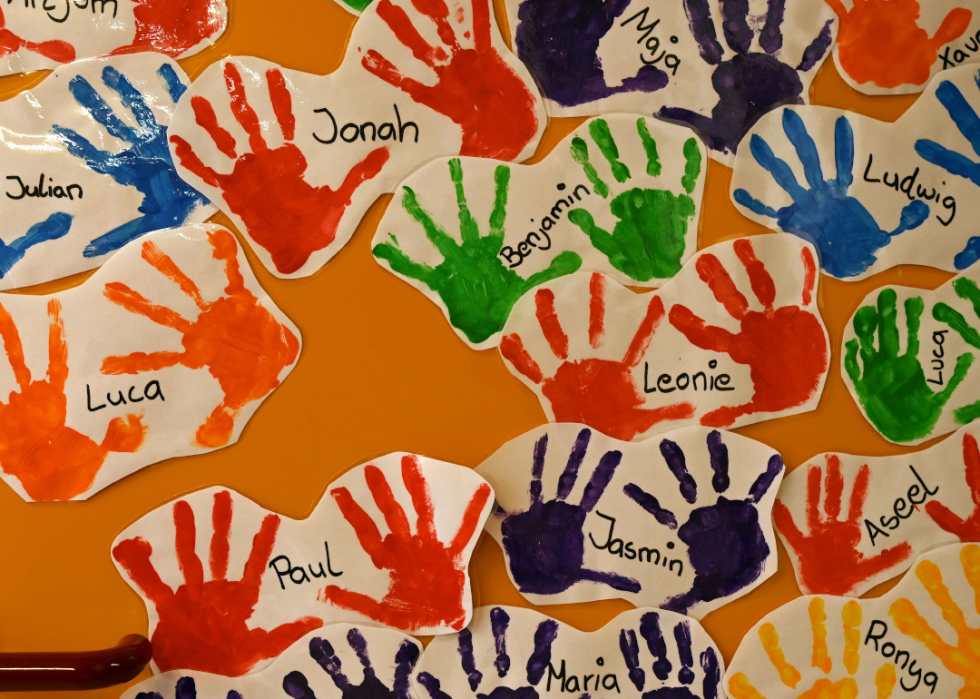
COVID-19 affects children’s social development
Long-term social distancing measures can damage children’s social development, according to Healthline. Psychologists say that virtual social interactions don’t offer the same level of intimacy as in-person connections for adolescents, which could “dramatically decrease their opportunities for new experiences and self-discovery.”

High schools cancel graduation ceremonies
Some high schools in the U.S. are postponing graduation ceremonies for the class of 2020 while others are canceling them altogether. Students and their parents are “heartbroken” that their academic achievement may go unrecognized due to the coronavirus, according to USA Today reporting.
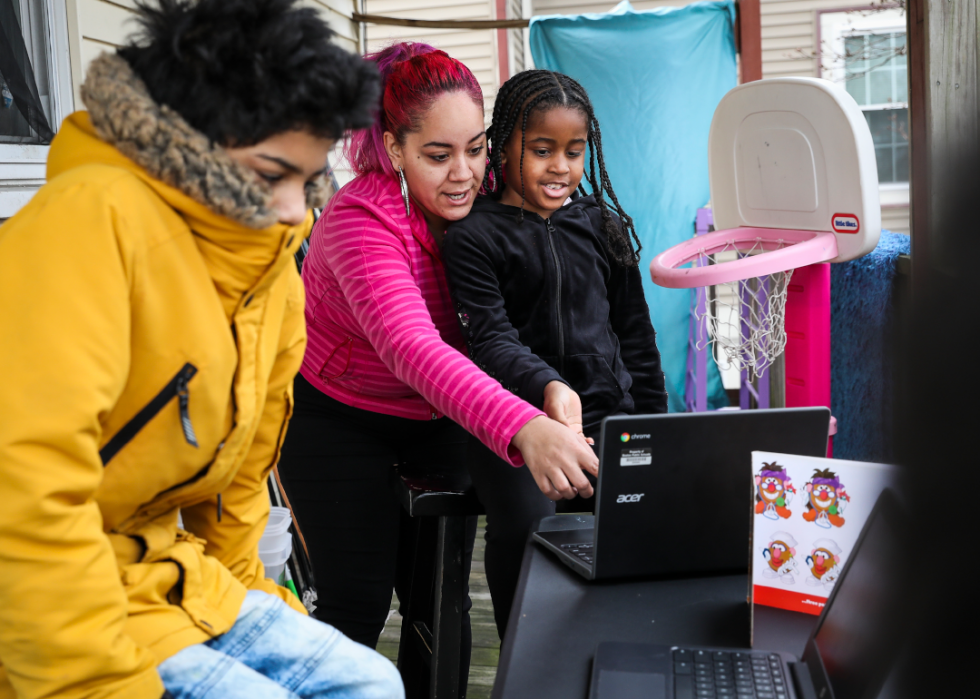
Students lack technology to complete classes online
After being forced to close due to the pandemic, many school districts have switched to online instruction. However, technology gaps and financial difficulties are leaving some students behind. According to The Philadelphia Inquirer, one teacher even reported that at least 25% of her students were failing to attend online lessons or complete homework because they lacked WiFi or had to spend time working or caring for relatives.
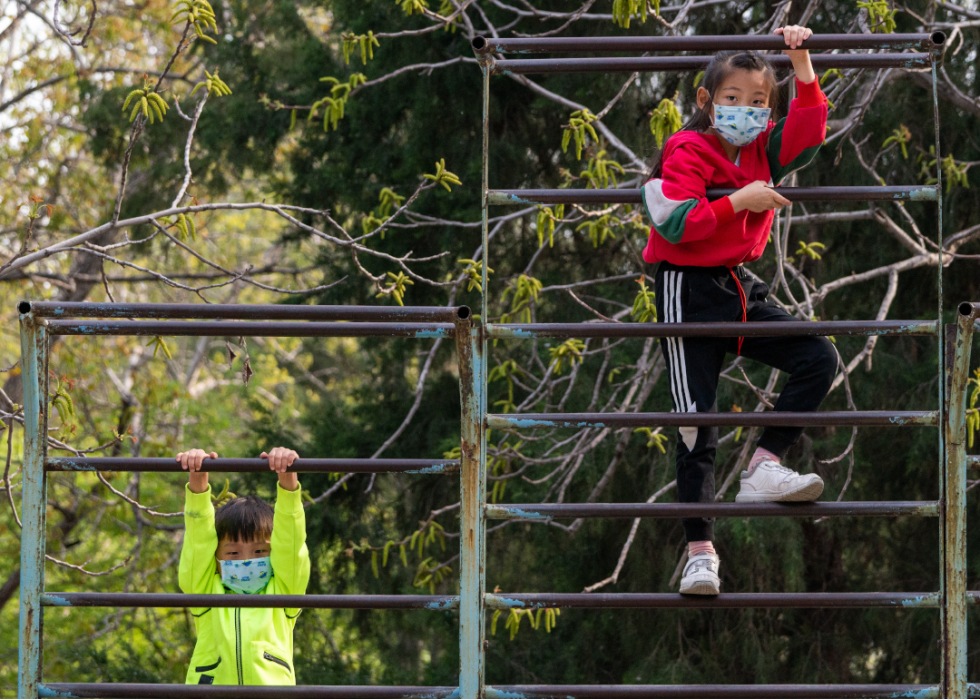
More than 220 million children confined to homes in China
More than 220 million children in China were forced to stay inside their homes in an effort to prevent the spread of COVID-19. The confinement poses potential risks to children’s physical and mental health, according to an article published in The Lancet journal. Stuck at home, children may be physically less active, have sleep disruptions, and eat less healthy food, warn researchers.
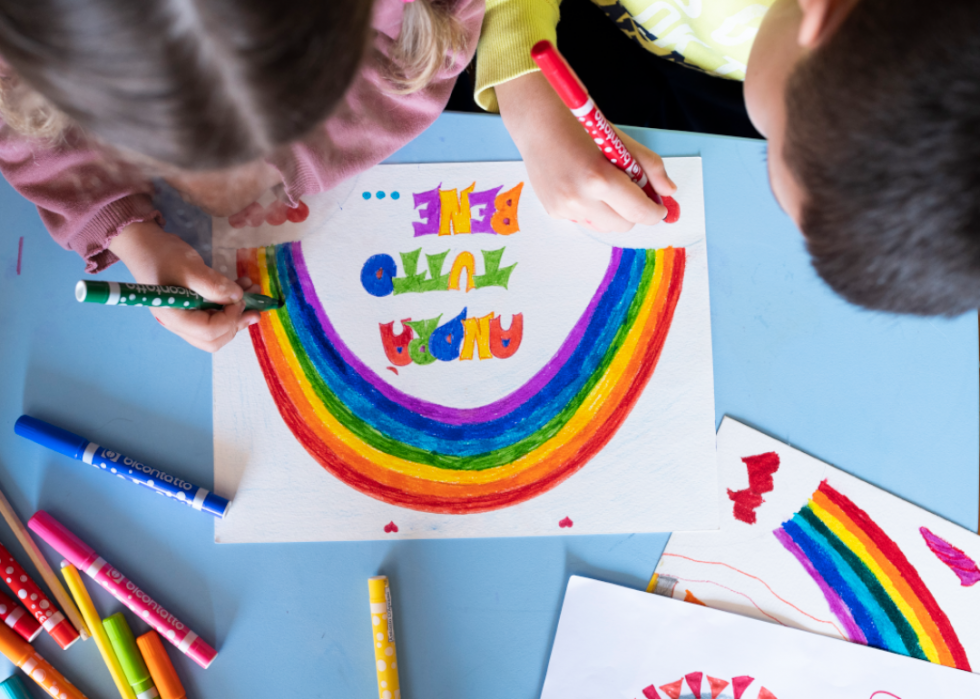
Children show what they miss most in drawings
Amid social distancing measures and stay-at-home orders, kids around the globe are experiencing a universal longing for quintessential childhood experiences they’re missing out on. They’ve been drawing pictures of the things they miss most: schoolmates, time with their grandparents, sports, flowers, and more, according to an article published by Reuters.

Child abuse goes undetected in the US
Reuters reports that calls to child abuse hotlines in the U.S. have dropped by as much as 70% since social distancing restrictions were put in place. Authorities are concerned that the tell-tale signs of child abuse and neglect are going undetected while kids are home all day.

Spain bans children from leaving their homes
Spain went on lockdown in mid-March when the coronavirus struck. The government permitted adults to leave their homes for certain essential reasons, like going to the grocery store and buying medical supplies. However, children in Spain were banned from leaving their homes entirely. After six weeks—and a great deal of protest from parents and experts—children 14 and younger are now permitted to play outside for an hour each day with adult accompaniment.
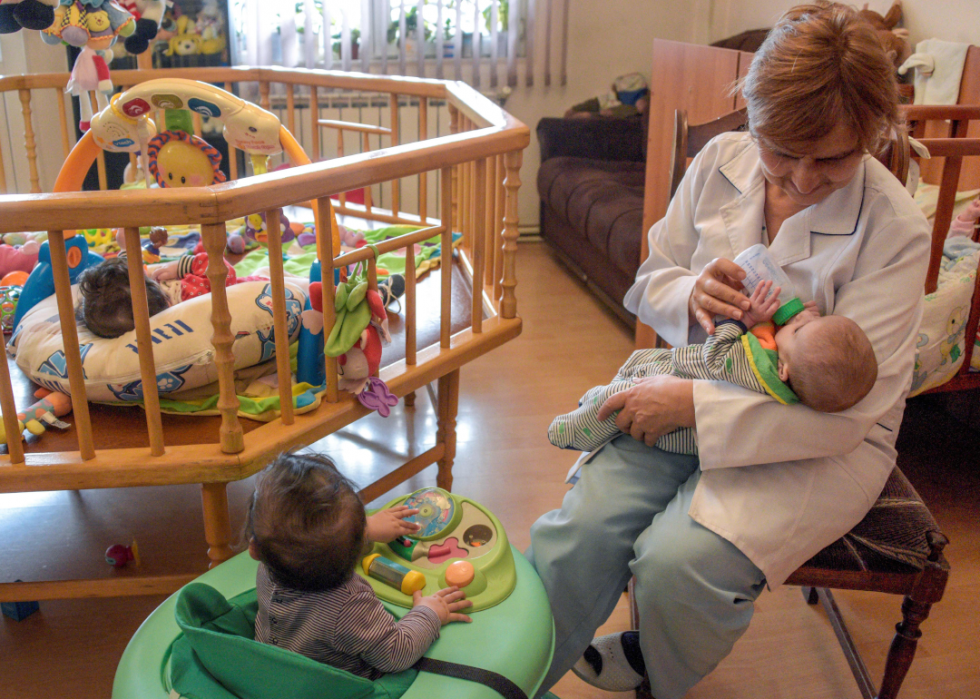
Orphanages face staff shortages
Around 8 million children worldwide live in orphanages, according to Hope and Homes for Children. The organization warns that staff shortages at orphanages due to the pandemic are putting kids at increased risk of abuse, harm, and infection.
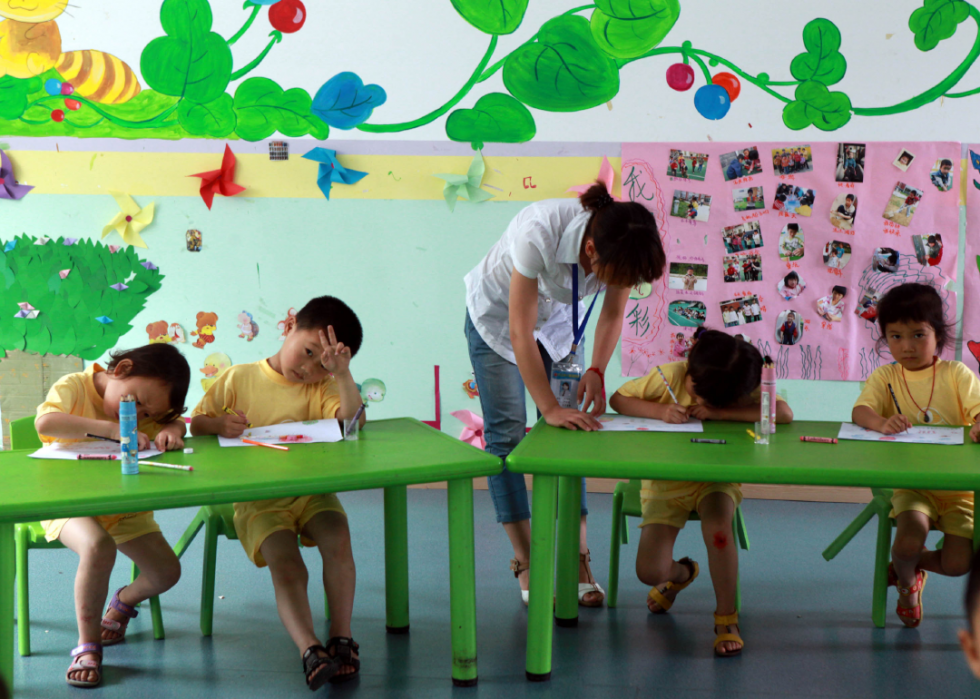
Adoptions from China come to a halt
The adoptions of thousands of orphan children in China are in limbo due to the coronavirus lockdown, according to The Denver Channel. If the delays continue, some children may age out of the system and become ineligible for adoption.
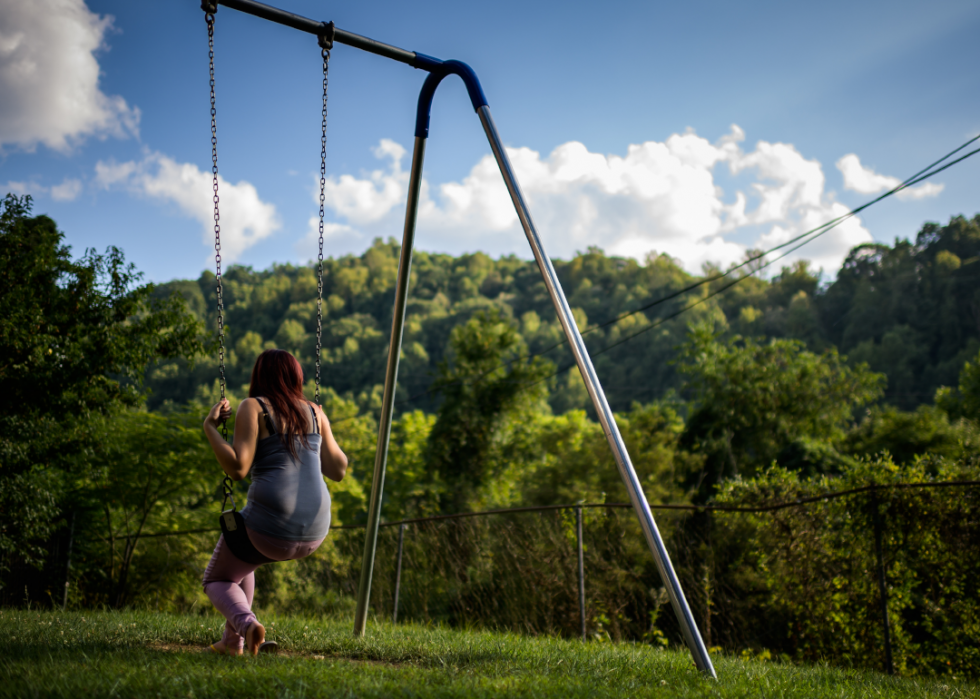
Foster children have nowhere to go
Some foster parents in the U.S. have stopped accepting new children into their homes out of fear that they may spread the coronavirus to their families, according to The Marshall Project. Child welfare authorities worry that a lack of foster homes may leave some children out on the street or confined to overcrowded shelters.
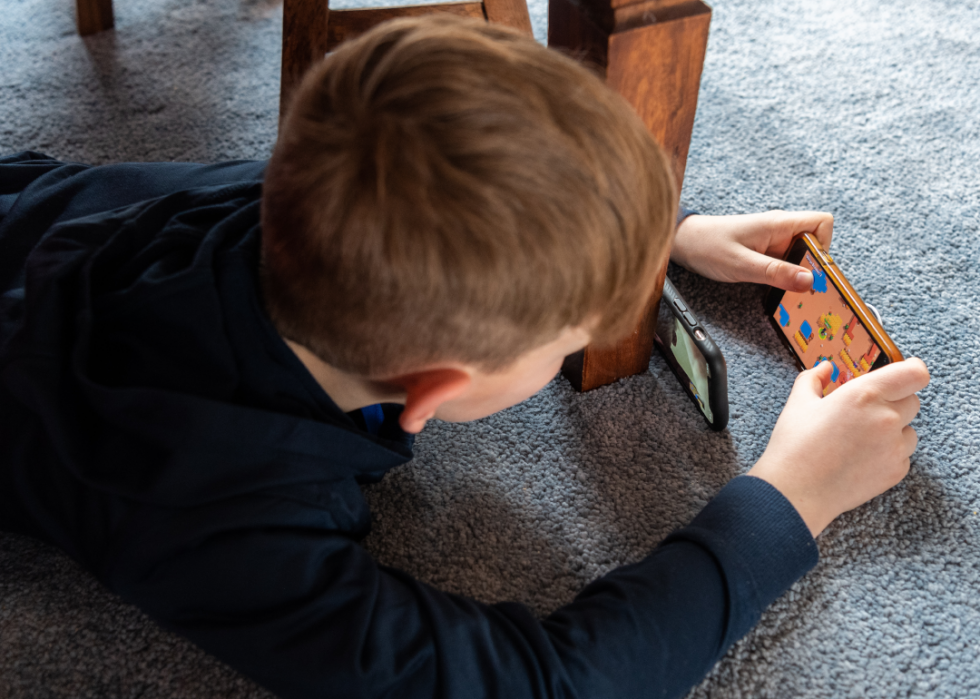
Kids’ screen time skyrockets
With children stuck at home and school lessons now being taught online, around half of the kids in the U.S. are now online for at least six hours every day on average, according to a ParentsTogether poll of 3,000 parents released April 23, 2020, (the poll ran from April 16–20). Prior to the pandemic, fewer than 9% of children spent that amount of time online. Parents are concerned that the increased screen time could lead to addictions to social media and games, or that their children will fall prey to online bullying and exploitation.
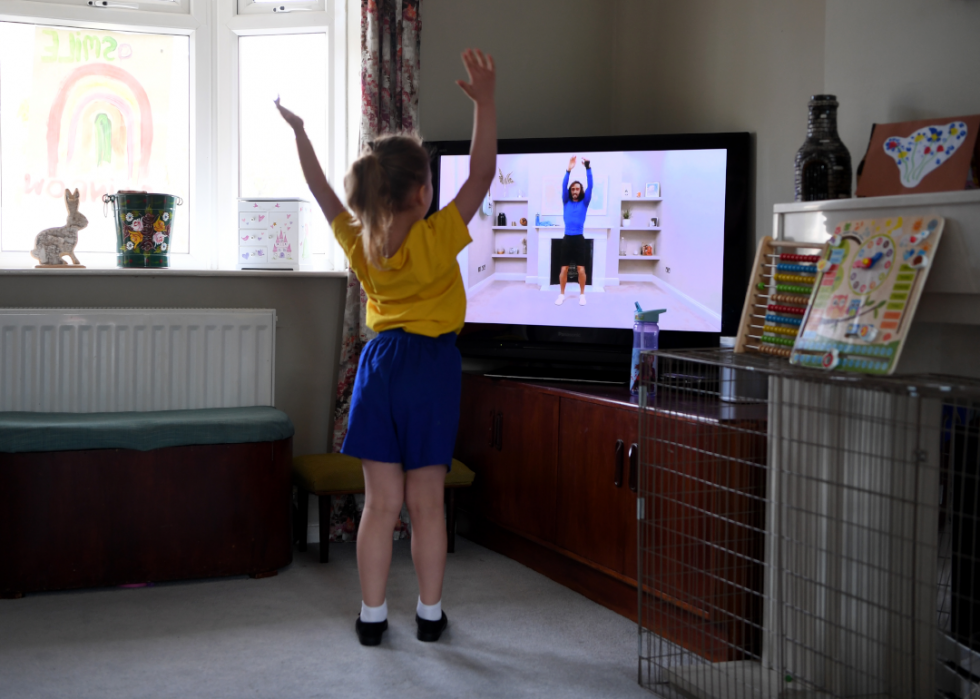
Children face greater risk of obesity
In a study by the Obesity Society published March 30, 2020, researchers warn that the COVID-19 outbreak is exacerbating risk factors for childhood obesity. The researchers say that school closures and stay-at-home orders create circumstances that are similar to summer recess, which keep kids sedentary and put them at greater risk of becoming overweight or obese.

Hand sanitizer poisons children
The National Poison Data System received 79% more calls about children ingesting hand sanitizer during March of this year than in March of 2019. The U.S. Food and Drug Administration is urging manufacturers to label hand sanitizer in ways that discourage ingestion, and to make the substances unpalatable to people.
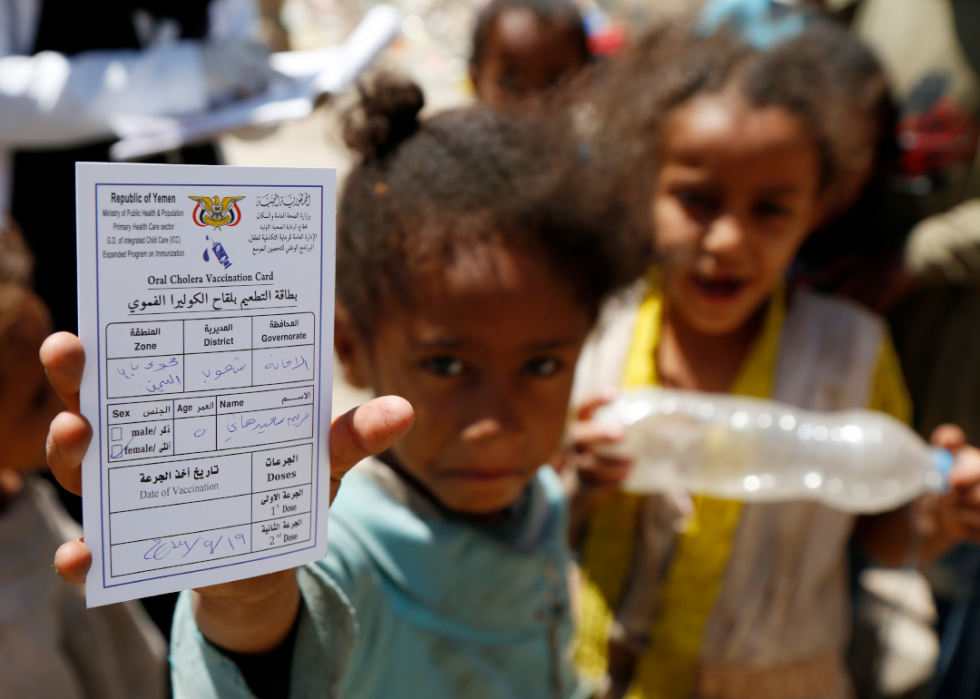
Childhood vaccinations are scaled back
Border closures and transportation issues related to the pandemic are creating vaccine shortages in at least 21 poorer countries, according to WHO General Director Tedros Adhanom Ghebreyesus, citing data from Gavi, the Vaccine Alliance. The World Health Organization has warned that children around the globe will die if they can’t be vaccinated against measles, polio, and other preventable diseases.
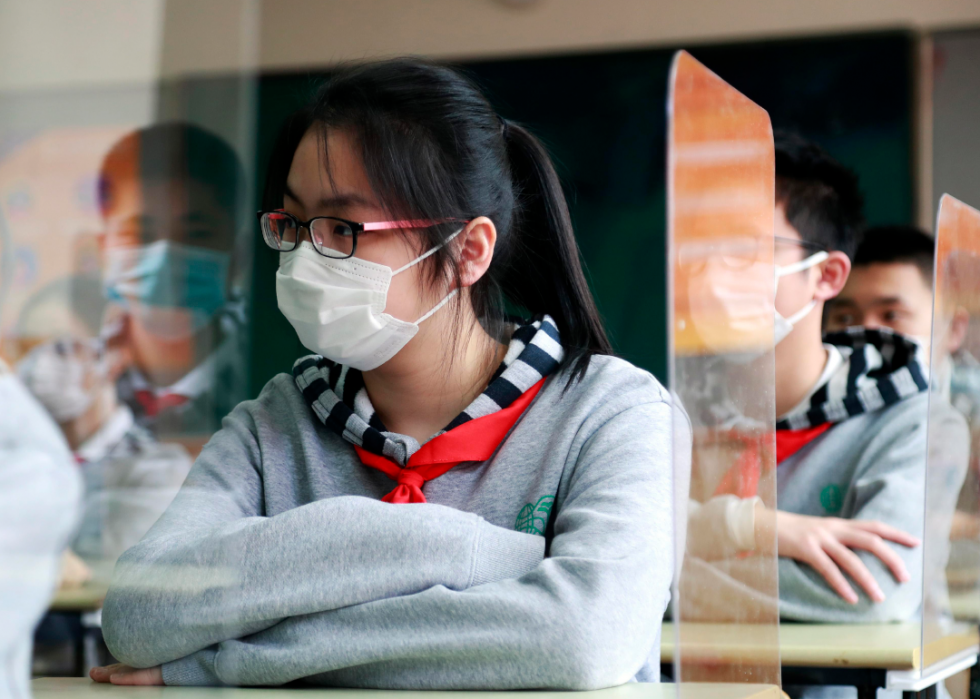
Hats in Chinese school uniforms keep kids distanced
After spending three months at home, children at one school in China returned to class with a new uniform that includes an unusual accessory: hats with a 3-foot-long piece of cardboard. The headgear is meant to remind kids to keep enough distance from their classmates to prevent the spread of germs.

Children are regressing
Therapists in London are seeing kids exhibit signs of regression, such as bed-wetting and nightmares, during the coronavirus pandemic, according to the CamdenNewJournal. Some experts believe the behaviors are a response to isolation and increasingly stressed-out parents.

Estonian children receive ‘thanks’ from president
Estonian President Kersti Kaljulaid officially thanked the children in her country for their efforts helping to prevent the spread of the coronavirus. She reminds youngsters that their willingness to stay indoors more than usual is helping the country keep people protected from the coronavirus, as well as other diseases.
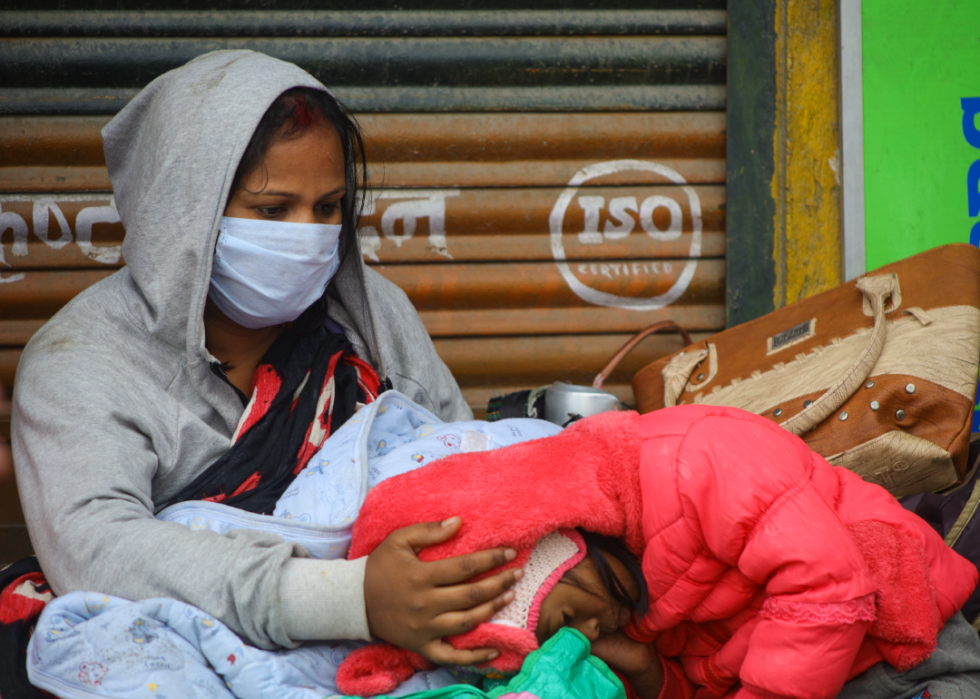
Coronavirus pushes kids into extreme poverty
The United Nations warns that the economic hardship brought on by the pandemic may result in the deaths of hundreds of thousands of children this year and increased infant mortality rates. It estimates that up to "66 million children could fall into extreme poverty" in 2020, on top of the 386 million kids who were already in extreme poverty last year.



